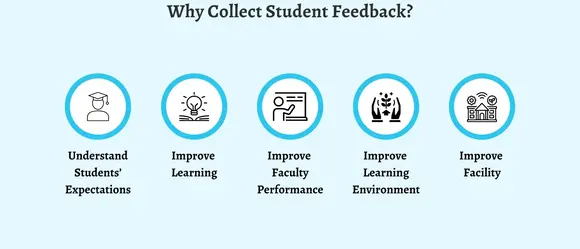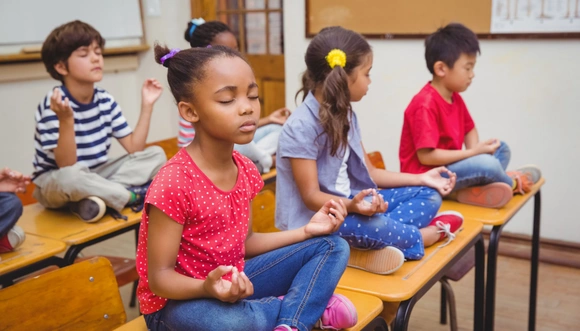.webp)
Welcome to a transformative journey in education, where academic excellence intertwines with emotional intelligence. In today's dynamic classroom environments, educators are increasingly recognizing the pivotal role of Social and Emotional Learning (SEL) in shaping well-rounded individuals. Beyond textbooks and lectures, SEL activities offer a holistic approach to education, nurturing essential interpersonal skills crucial for success in academics and life. Join us as we explore the profound benefits of SEL and unveil seven engaging activities to integrate seamlessly into your classroom routine.
Significance of Teaching SEL Skills
In the bustling world of education, the emphasis extends beyond academic achievements to encompass the holistic development of students. SEL equips learners with a repertoire of skills, including self-awareness, empathy, and responsible decision-making, which are fundamental for navigating the complexities of today's society. Research underscores the symbiotic relationship between SEL and academic performance, highlighting its role in reducing behavioral issues, fostering a positive classroom climate, and nurturing inclusive learning environments. By prioritizing SEL, educators lay the groundwork for not only academic success but also emotional resilience and lifelong personal growth.
Exploring 7 Social Emotional Learning (SEL) Activities
1- Facilitate Positive Classroom Interactions
.webp)
Embrace cooperative learning strategies that promote collaboration and communication among students. Assign group projects or problem-solving tasks, encouraging peer-to-peer support and fostering a sense of belonging within the classroom community.
2- Encourage Self-reflection Through Drawing

Harness the power of artistic expression as a gateway to self-discovery and introspection. Provide students with prompts to illustrate their emotions, aspirations, or challenges through drawings, allowing them to explore their innermost thoughts and feelings.
3- Create Moments of Gratitude

Cultivate a culture of appreciation by incorporating gratitude practices into your daily routine. Start or conclude each class with a gratitude circle, where students express gratitude for one another or share uplifting moments, nurturing a sense of empathy and interconnectedness.
4- Collect Meaningful Student Feedback

Empower students to voice their opinions and experiences through regular feedback sessions. Utilize anonymous feedback forms or digital platforms to solicit insights into students' emotional well-being, learning preferences, and classroom experiences, fostering a culture of transparency and mutual respect.
5- Brain Breaks
.webp)
Integrate short, invigorating brain breaks into your lesson plans to rejuvenate students' focus and energy levels. Whether it's a guided stretching routine, mindful breathing exercise, or interactive game, these breaks offer moments of respite and promote mental clarity and stress relief.
6- Mindful Morning Check-In

Commence each day with a mindful check-in to set a positive tone for learning and emotional well-being. Incorporate brief mindfulness exercises or journaling prompts that encourage students to reflect on their emotions, set intentions for the day, and cultivate a sense of inner calm and resilience.
7- Social Emotional Learning Chats
.webp)
Dedicate time for open discussions on topics related to emotions, empathy, and interpersonal relationships. Create a safe and inclusive space where students feel empowered to share their thoughts, experiences, and challenges, fostering empathy, understanding, and a sense of community within the classroom.
Conclusion
As we conclude this journey through the realm of Social and Emotional Learning, let us reaffirm our commitment to nurturing the holistic development of our students. By embracing SEL activities, educators have the power to cultivate empathetic, resilient, and socially competent individuals who are equipped to thrive in an ever-changing world. Let us embark on this transformative journey together, fostering a culture of empathy, inclusivity, and emotional intelligence within our classrooms and beyond.